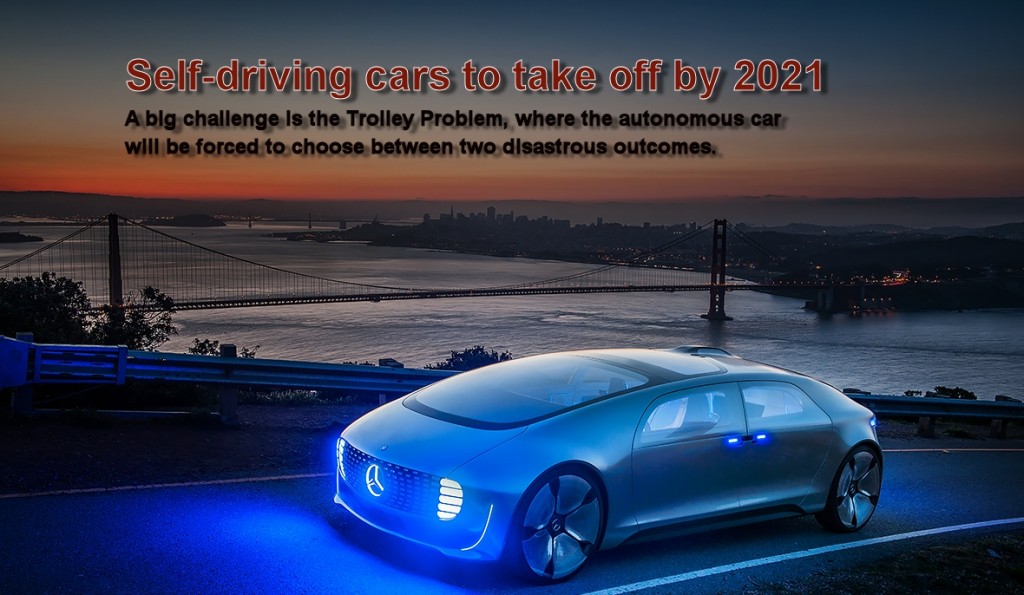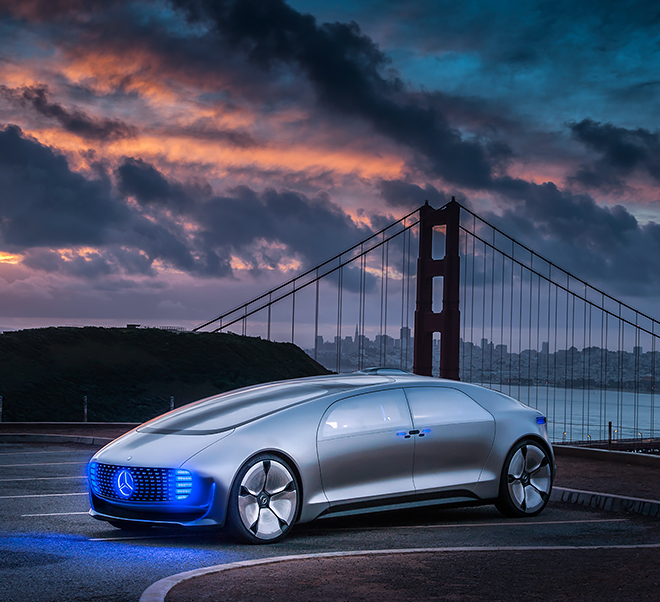 A new study from Juniper Research forecasts almost 20 million fully autonomous or self-driving vehicles on the road by 2025, with consumer adoption set to take off in 2021.
A new study from Juniper Research forecasts almost 20 million fully autonomous or self-driving vehicles on the road by 2025, with consumer adoption set to take off in 2021.
Driven by increased safety and convenience for drivers, development has progressed to live trials with North America and West Europe set to become the first to witness driverless cars in use on the road.
The research found that in the interim, consumer usage of ADAS (Advanced Driving Assistance System) technologies such as adaptive cruise control and automated braking will become key. It argued that these systems will serve to prepare drivers for the psychological change from the role of driving a car to operating a driverless car.
How to Monetise Driverless Cars?
The new research, Autonomous Vehicles: Adoption, Regulation & Business Models 2015-2025, finds that although the market has progressed to live trials, a discernible monetisation strategy has not become evident. Stakeholders are currently investigating multiple business models with manufacturers expected to engage in product licensing, self-production or open sourcing the systems.
Top 5 Players Driving the Market
 Juniper Research ranked the top 5 most promising players in the driverless car sector. They were scored on a number of key factors such as: live trials; miles tested on road; technology development; project scale and scope; future potential and market opportunities. The results were as follows:
Juniper Research ranked the top 5 most promising players in the driverless car sector. They were scored on a number of key factors such as: live trials; miles tested on road; technology development; project scale and scope; future potential and market opportunities. The results were as follows:
- Volvo
- Daimler
- Tesla
- Apple
Google was ranked as the most promising player, having been in development the longest and having logged the highest amount of autonomous miles on public roads.
Dealing with Dilemmas
The research noted that concerns over the decision making capabilities of these systems have been raised and questions have been asked about the decisions autonomous vehicles would take when presented with the Trolley Problem, where the autonomous car will be forced to choose between two disastrous outcomes.
The Juniper study argued that the siloed nature of technology development requires stakeholders to collaborate and ensure a minimum level of safety for those in the hands of autonomous driving systems.
